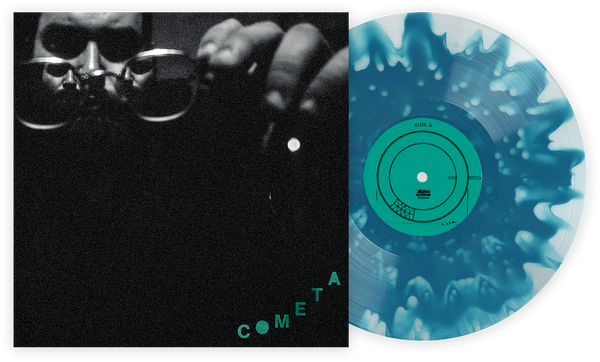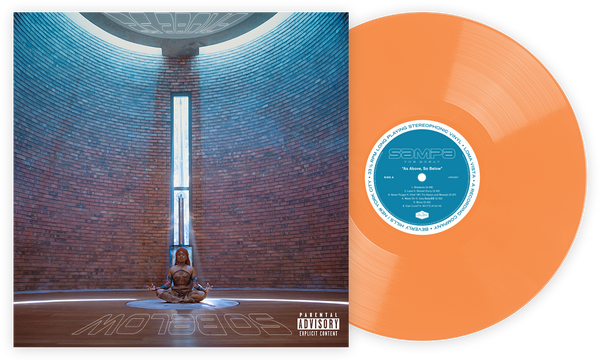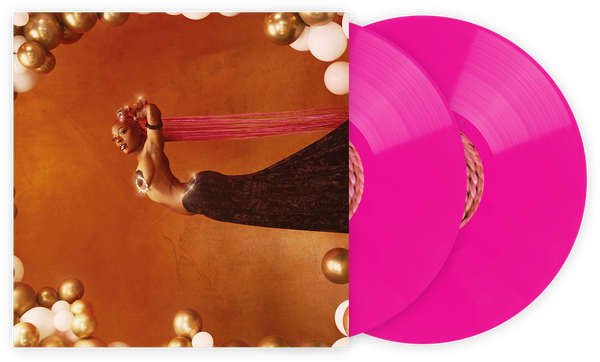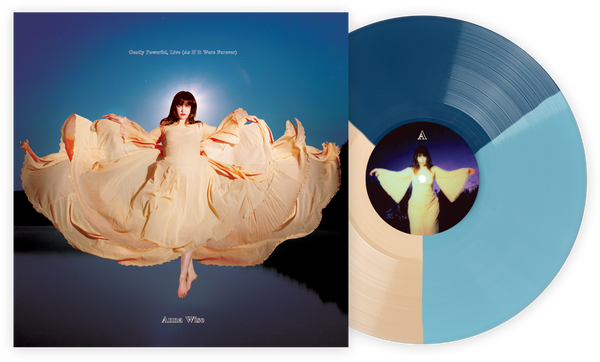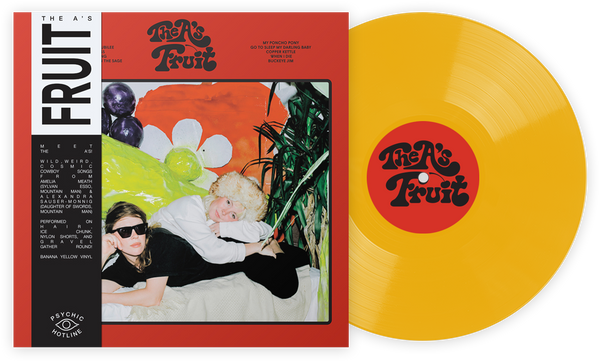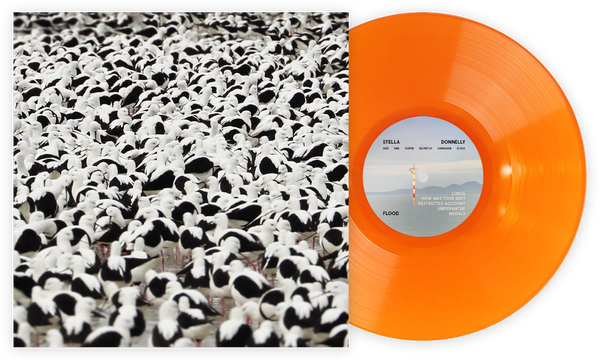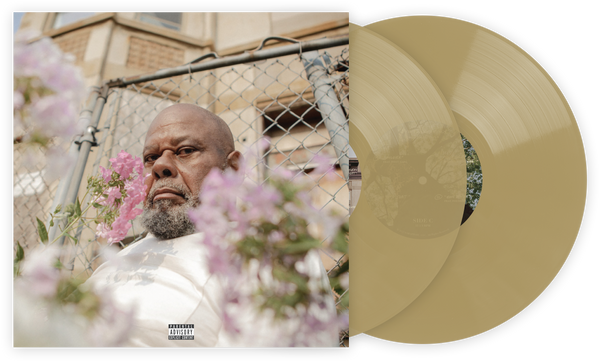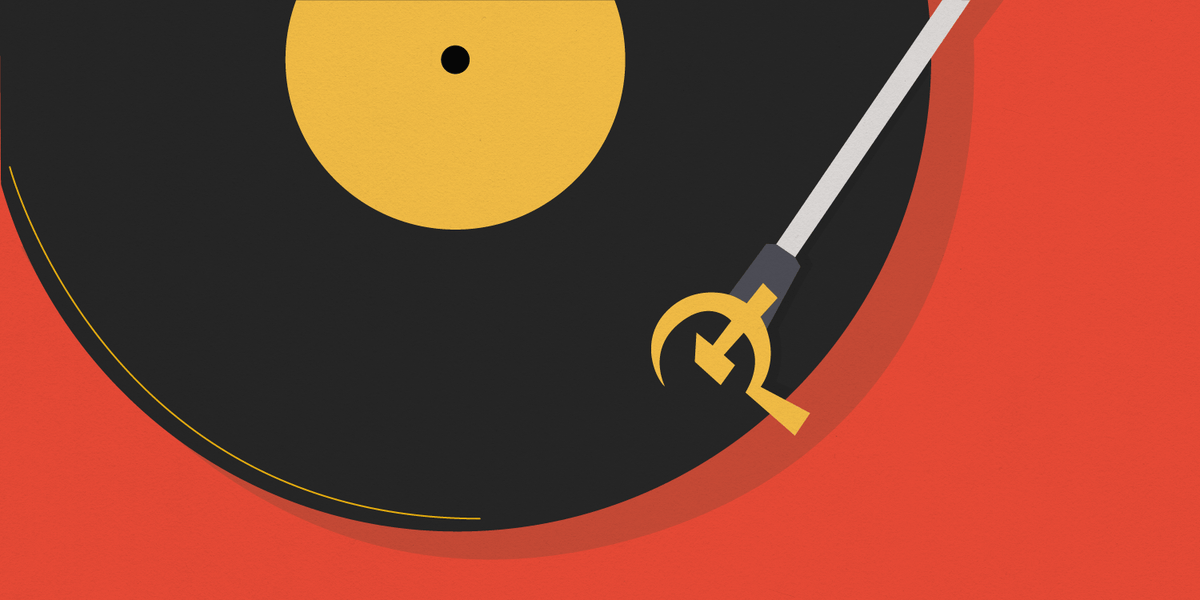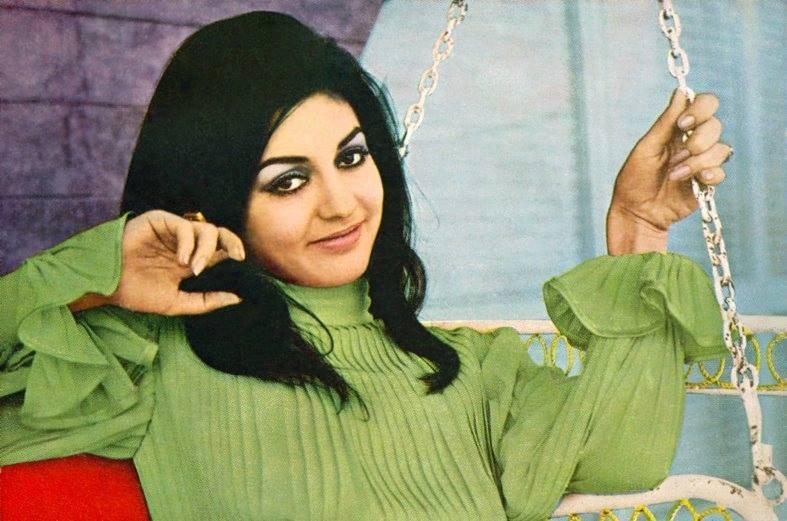Sift through the heat that rises from hundreds of samosas being fried, through the cacophony of cars honking and vendors hollering. Avoid the gelatinous traffic that seems to be at a stand-still for hours. Walk through the narrow streets, around historic limestone and red-clay buildings, circle the minarets that occupy corners of the congested markets filled with sweaty bodies vying for space, for noise, for your attention. Get through all of this, and you’ll find yourself in hidden nooks and crannies, in the depths of Chandni Chowk in Old Delhi, in India. This is where vinyl collectors come to find gems.
Records in these markets are either found outside in the open-air markets or in boxes tucked away in a shop. If you’re not lucky enough to find New Gramophone House — the flagship record store in India that has become a favourite haunt for crate diggers like Floating Points, Four Tet, Ben UFO, Jayda G, Roska and many, many more — you can find first-pressings of popular records in these markets. Original pressings, maybe not in “Mint” condition, can be found with ease. Discarded with no assumption that they’ll be played again, they sell for less than $1 USD. It’s easy to spend entire days here, in the sweat-filled shops of Old Delhi, in Chor Bazaar in Mumbai, on Free School Street in Kolkata. These markets still exist and thrive; vinyl is just a forgotten relic among all the other goods. India stopped production of music on vinyl, for the most part, in the early 1990s (although, rumours of production still ongoing in Kolkata persist). In the last five years, though, the Indian alternative music scene has carved out a niche for releasing music on vinyl for an audience hungry for a physical, tangible object.
The alternative music industry in India has started to claim a space for themselves on the global stage. Not coincidentally, there has been an uptick in the vinyl revival in India. For years, New Gramophone House in Old Delhi was the only go-to destination, mainly due to its existence since before 1947. Dedicated record shops like Pagal Records, which cater to any budget, now exist. Record labels and artists have also seen a space available in India for vinyl to prosper, following through on a passion to ensure that their music can be heard outside of internet streaming services.
“Vinyl has been a medium that has always been dear to us,” Amarrass Records founders Ashutosh Sharma and Ankur Malhotra explained. “We grew up listening to records, and the warmth and tonality of records, the analogue sound, the album art, the physical nature of music, are all factors that somehow connect you to the music in a more meaningful way.” Online radio station boxout.fm, who started a record label boxout.fm Recordings mirrored Amarrass, saying, “Records have been instrumental in our musical growth as individuals and later on as community radio.” For Amarrass Records, reviving the vinyl culture in India has been at the forefront of their recent plans.
In a dusty warehouse in Gurgaon, on the outskirts of New Delhi, childhood friends and co-founders of Amarrass Records, Ashutosh and Ankur press all their records by hand. It’s the first time vinyl has been cut in India since, arguably, the 1990s. “It took us a while to figure out how we could produce small batches of LPs by our artists,” Ankur said. “We knew setting up and operating a full-fledged record press was out of the question. We have been in limited production mode the past couple of years, and still learning, modifying the setup to better suit the production process in India. There has been a steep learning curve, though now we are consistently producing high-quality 180-gram vinyl with up to 40 minutes of music.” Releasing Rajasthani folk music like Lakha Khan’s At Home and artists like Barmer Boys, Amarrass Records also have Painted Caves, a Palestinian-American band, on their roster of vinyl releases.
boxout.fm, who mastered their releases at White Peach Records in the U.K., said that “the process of releasing our own records on wax was both exciting and eye-opening. We’d never done something like this before, so it was a huge learning process with lots of bumps along the way.” Their first two releases on their label boxout.fm Recordings were Lacuna’s Strains EP and Profound’s Dream Journal LP.
International labels are also taking an interest in and approaching South Asian artists to release their work on vinyl. Peter Cat Recording Co., one of the country’s most well-known bands, were contacted by their French label, Panache Records. Dreamhour, a Pune-based producer making new-age retro wave, also discovered that after he sent his demos to a New York-based label “that they expressed their interest in releasing it on vinyl and cassette.” Released by New Retrowave, VLLNS, like Peter Cat Recording Co.’s Portrait of a Time is a sign that labels from abroad are taking an interest in artists in India. Get Physical, a label from Berlin even sought out Indian artists to create a record, India Gets Physical Vol. 1 on vinyl — their first foray into the Indian market.
Vinyl production and the entire industry behind it is brand new in India. There seems to be a new path being forged by organizations like boxout.fm and Amarrass Records while publications like Wild City, an alternative music and culture website, help promote the culture through parties like Selectors — an annual in-office event started two years ago that takes place on Record Store Day. But in a country whose wealth disparity is extremely evident, how does vinyl — already such a middle-class obsession — intertwine with a complicated class system in India?
There are several factors at play that are needed to play vinyl: a turntable, a good set of speakers, maybe headphones. Collecting physical copies alongside equipment becomes a medium- to long-term investment. With a young population rapidly gaining access to an internet where data plans with no caps exist and cheap streaming services like JioSaavn dominate the market, with giants like Spotify entering, it’s hard to imagine vinyl distilling itself down class levels.
“My audience [for vinyl] is entirely international,” Dreamhour explained. “I don’t blame it on the people or consider this a lack of support on their end. Vinyl are expensive and to get it shipped to India costs a kidney so that definitely contributes to it.” For Amarrass Records, they wish to flip this concept on its head: “[Our] records actually serve the purpose of making music from marginalised communities and non-commercial genres accessible and appealing to wider audiences. The records serve a purpose to help market this music, and to also remove this ‘class barrier.’ We don’t expect folks in the musician’s villages to buy LPs and play records — that is not the point of the exercise. The vinyl releases help popularize the music in urban environments, international markets and bring more attention to the artists and their music, which is also available on streaming platforms, where is where folks in the village are listening to the music.”
Suryakhant Sawhney of Peter Cat Recording Co. illustrated the point poignantly: “Vinyl are a freak in the rivers of history. I don’t see them really become the norm for all classes of people again. That said, I do feel its not an ‘upper-class’ medium, except by price. It’s not something which demands a special education and anybody from any background can enjoy the pleasure of it, once they have a way of using it. Perhaps, we will see the creation of an ultra-cheap way of playing and making vinyl. It’s definitely not beating the internet or phones, that is until the next apocalypse.”
Vinyl is falling outside of the class conversation because when people are struggling for food and shelter, records are the last thing on their mind. As boxout.fm put it, “The class system pervades a lot more before it comes down to something as innocuous as vinyl records.” There is more of an emphasis for people in lower classes to use streaming platforms to enjoy music. The convenience of playing a rare tune off your phone is easier than crate-digging for it. If people are curious about vinyl culture, Pagal Records may be a good place to start.
In November of 2017, Joginder Luca Singh “returned to India with my turntables and a suitcase full of records.” Less than 18 months on, Pagal Records have a proper brick-and-mortar store in the thriving Hauz Khas Village in New Delhi. Stocking over 2,500 types of vinyl alongside rare books, cassettes and other physical music merchandise, stores like Pagal Records have become important in making vinyl visible. With India’s vinyl culture shifting from an extremely niche market to a more popular one, people from all classes are coming to the store to listen to music. Pagal has found a way to make affordable records for every wallet, saying, “While vinyl records [as a general rule of thumb] are not accessible to purchase for many, the culture around vinyl is geared towards the community. Our belief is that a record store, too, should be this sort of a community space, where all kinds of people visit the store to listen to music and share knowledge.”
South Asian artists and labels are finally finding a voice in the modern market of vinyl. Though profits are few and far between, the fact that there are conversations around the actual products from these areas says enough. “All around South Asia lie warehouses full of records that are an important cultural heritage to the places they belong,” Pagal Records wrote. “The vinyl resurgence has allowed people to rediscover some lost gems and opened up a new chapter of non-western musical history. This has shown the possibility of converting these historical relics into a thriving musical culture based around vinyl.”
With records like Rupa’s Disco Jazz selling for astronomical prices, Four Tet sampling Bollywood classics and bhajans in his tracks, selectors from abroad coming to India with suitcases full of vinyl for their gigs, local acts like Delhi Sultanate of BFR Sound System playing primarily off wax, vinyl is becoming much more noticeable in the sub-continent. “I do believe there is a lot of scope [for vinyl in South Asia],” Dreamhour predicted. “Not if they are exclusively distributed only in or around the country. It’s probably going to be a while before there’s a dependable audience in the region for vinyls so it’d be a better idea to promote it overseas where there’s a more consistent demand for it.”
Amarass records proposed that “the vinyl resurgence has evaded South Asia for the most part — a combination of cost, resource availability, the environment, and regional consumption patterns for music. However, there is an appreciation, demand and need for the medium being expressed through the emergence of vinyl listening spaces and clubs. Vinyl will always have a following amongst the music lovers in the region.”
On the future of vinyl, boxout.fm, who have been on the air for two years, said, “The future depends entirely on there being a place for smaller labels to get their records pressed in time and on the growth of the independent market. Right now, record plants are choked with major label reissues. Eventually, though, we see that part of the market losing its appeal as vinyl collectors get younger.”
Vinyl never went away in India. If anything, it exists in markets all over the country, collecting dust, hidden away. There is a definite need (and desire) for more record stores, for more labels to put albums on wax. But, at a time in India where pressing vinyl seems to be an outdated passion, dedicated people have started pushing the medium back into the forefront of the industry. The demand for it has just been resurrected; a heartbeat has awoken. “It’s certainly nice that people are going back to a medium like vinyl,” Suryakhant acknowledged. “Which, in hindsight, was also something so futuristic and beautiful.”
*Header photo by Akhil Shukla via LBB
Dhruva Balram is an Indian-Canadian freelance journalist whose work sits comfortably at the intersection of culture and politics. He has been published in NPR, NME, Bandcamp, GQ and is currently based in London, UK.
Related Articles
Join the Club!
Join Now, Starting at $36Pages

